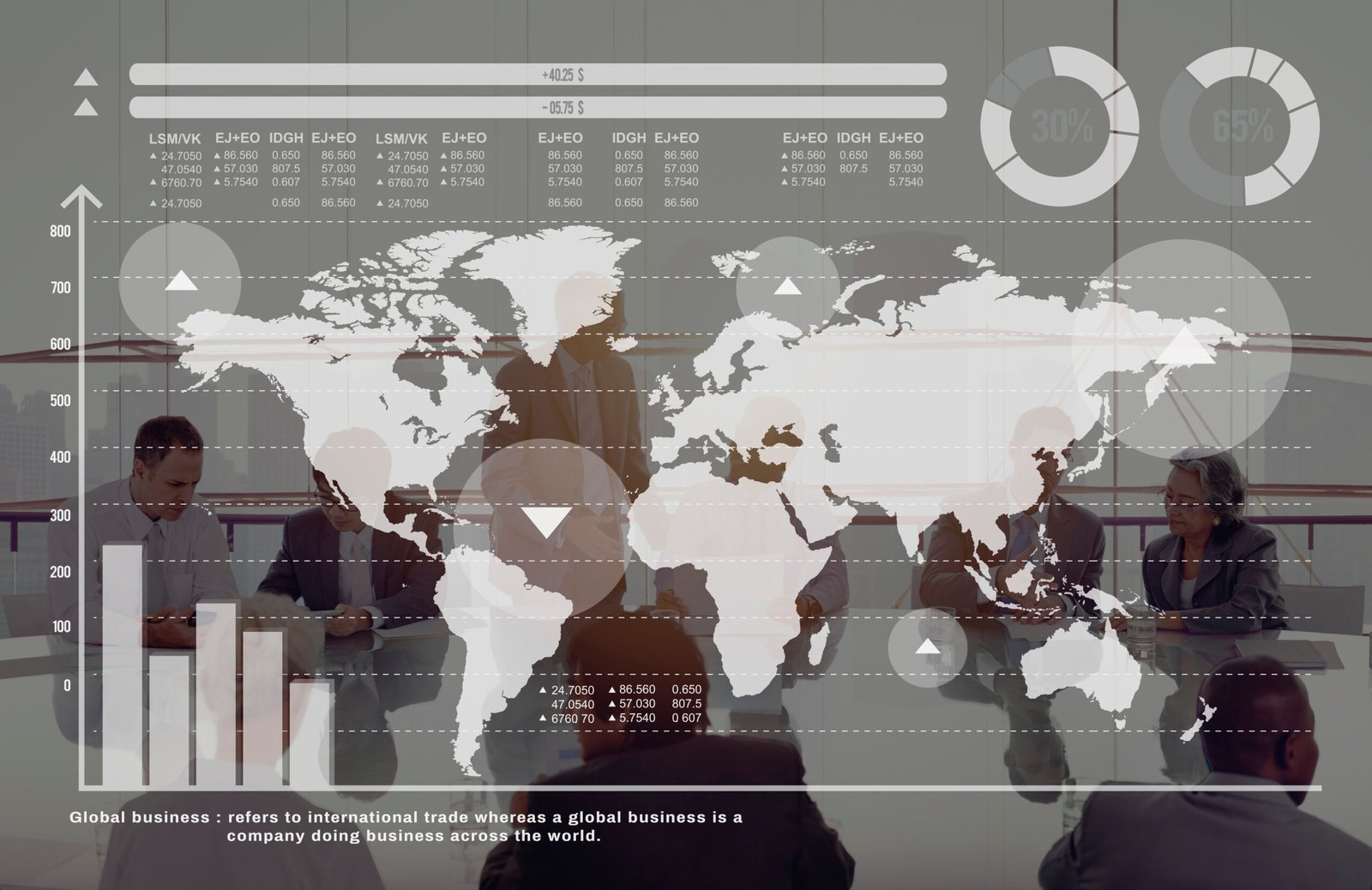The Ever-Evolving Global Economy
The global economy in the 21st century is a complex, interconnected system influenced by technological advancements, geopolitical shifts, and changing consumer behaviors. As nations become more intertwined, economic events in one part of the world can have significant ripple effects globally. Understanding these dynamics is crucial for policymakers, businesses, and investors seeking to navigate the opportunities and challenges presented by the global market.
The Impact of Globalization on the World Economy
Globalization has been one of the most significant forces shaping the global economy. The integration of markets, trade, and investment across borders has led to:
- Increased Trade: Countries now rely heavily on international trade, leading to more interconnected economies. This has resulted in increased economic growth but also in greater vulnerability to global economic downturns.
- Technological Advancements: Innovations in technology have facilitated faster communication and transactions, contributing to economic growth and the spread of new ideas and products.
- Labor Market Shifts: The outsourcing of labor to countries with lower production costs has created economic growth in developing nations while also leading to job losses in more developed economies.
While globalization has brought economic benefits, it has also created challenges, such as income inequality and economic dependency between nations.

Key Trends Shaping the Global Economy Today
Several key trends are currently shaping the global economy, presenting both opportunities and risks:
1. Technological Disruption
Technological advancements, particularly in AI, automation, and digital platforms, are transforming industries. Companies that adapt to these changes can gain a competitive edge, while those that do not may struggle to survive.
2. Shift Towards Sustainable Development
There is a growing emphasis on sustainability in the global economy, driven by environmental concerns and consumer demand for ethical products. Companies and countries investing in green technologies and sustainable practices are likely to benefit in the long term.
3. Geopolitical Tensions
Geopolitical conflicts, such as trade wars, have significant economic implications. Tensions between major economies like the U.S. and China can disrupt global supply chains, leading to uncertainty and market volatility.
4. Emerging Markets
Emerging markets, particularly in Asia and Africa, are becoming increasingly important players in the global economy. These regions offer significant growth opportunities for investors, but also present challenges such as political instability and regulatory risks.
5. Demographic Shifts
Aging populations in developed countries and a growing youth demographic in developing nations are leading to shifts in global economic power. These changes are influencing everything from labor markets to consumer demand.
The Role of International Trade and Investment
International trade and investment are pillars of the global economy, driving growth and development. Key aspects include:
- Trade Agreements: Trade agreements between countries can reduce barriers and increase market access, but they can also lead to trade imbalances and economic dependency.
- Foreign Direct Investment (FDI): FDI is crucial for economic development, particularly in emerging markets. It brings capital, technology, and jobs, but can also lead to issues such as loss of sovereignty and environmental degradation.
- Global Supply Chains: The integration of global supply chains has increased efficiency and reduced costs but has also made economies more vulnerable to disruptions, such as those seen during the COVID-19 pandemic.
The Challenges Facing the Global Economy
Despite the opportunities, the global economy faces several significant challenges:
1. Income Inequality
Globalization and technological advancements have led to significant income inequality, both within and between countries. This inequality can lead to social unrest and economic instability.
2. Climate Change
Climate change poses a significant threat to the global economy, with potential impacts including reduced agricultural productivity, increased natural disasters, and economic losses due to environmental degradation.
3. Political Instability
Political instability in key regions can disrupt economic growth and lead to global economic uncertainty. Issues such as corruption, poor governance, and conflict can undermine economic progress.
4. Debt Levels
High levels of public and private debt in many countries pose a risk to global financial stability. Managing this debt while ensuring continued economic growth is a major challenge for policymakers.
Opportunities in the Global Economy
Despite these challenges, there are numerous opportunities for growth and development in the global economy:
1. Innovation and Entrepreneurship
Innovation is a key driver of economic growth. Countries and companies that foster innovation and support entrepreneurship are likely to lead the global economy in the future.
2. Investment in Education and Skills
Investing in education and skills development is crucial for economic growth, particularly in the face of technological disruption. Countries that prioritize education are better positioned to compete in the global economy.
3. Regional Cooperation
Regional economic cooperation, such as the European Union or ASEAN, can help countries pool resources, reduce barriers to trade, and achieve greater economic integration.
4. Digital Economy
The digital economy is one of the fastest-growing sectors globally. Investing in digital infrastructure, e-commerce, and digital financial services offers significant growth potential.

Navigating the Future of the Global Economy
The global economy in the 21st century is marked by both significant challenges and tremendous opportunities. As technology continues to advance and globalization deepens, the ability to navigate these complexities will be crucial for businesses, investors, and policymakers. By understanding the trends shaping the global economy and preparing for potential risks, stakeholders can position themselves to thrive in this dynamic environment.






